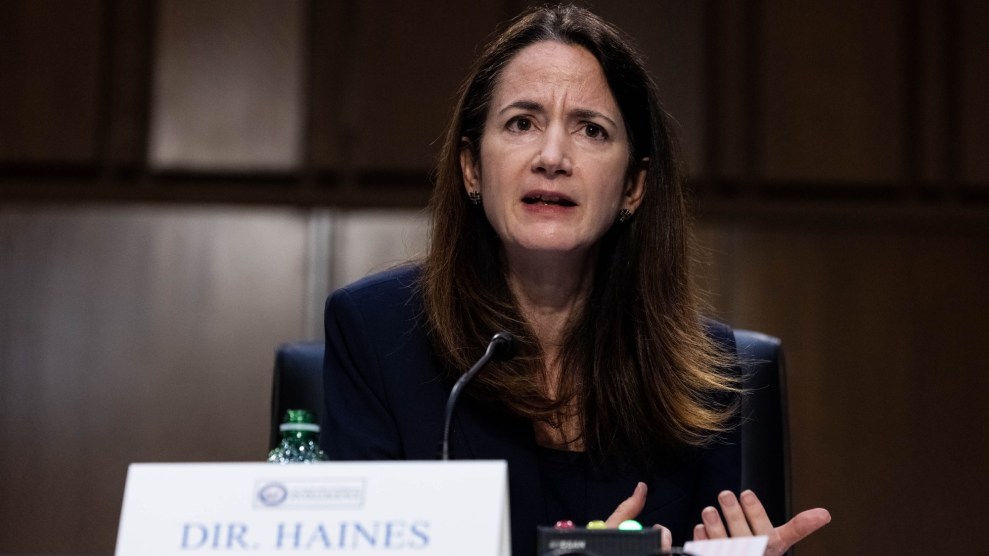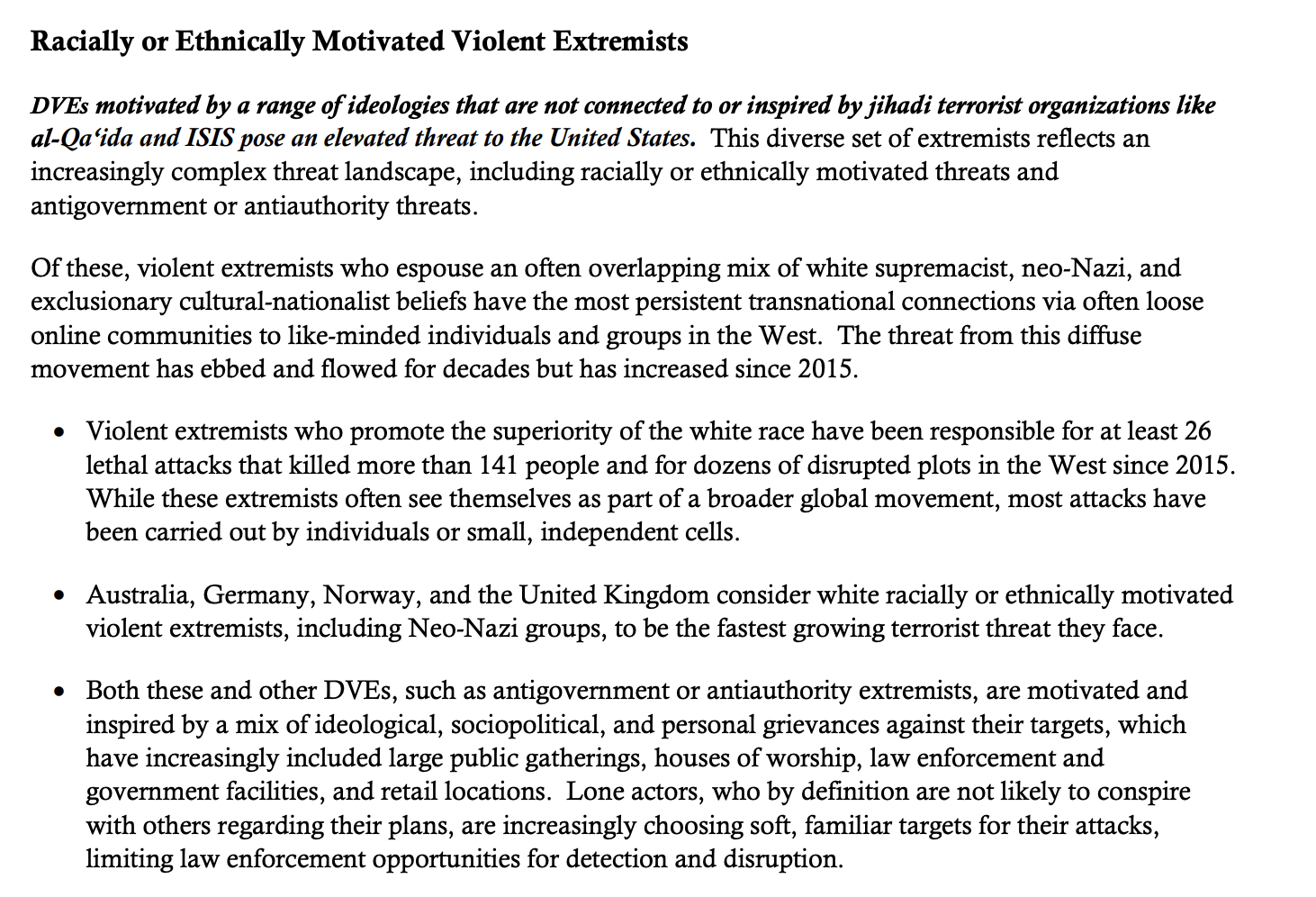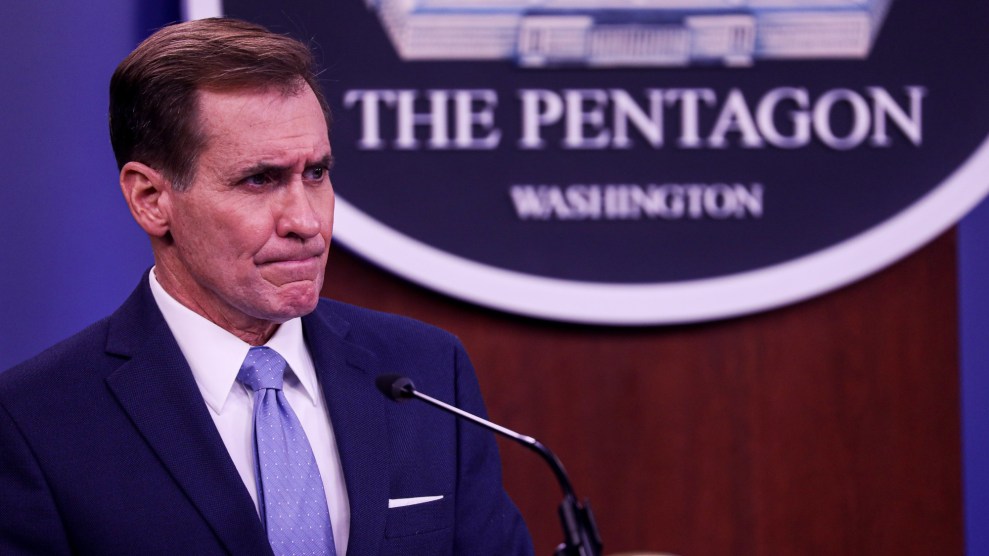
Graeme Jennings/Washington Examiner/Bloomberg/Getty
When the US intelligence community last released its public assessment of global threats at the beginning of 2019, white supremacism was barely mentioned. The 42-page report devoted one note about “ethno-supremacist” violence in the context of its threat in Europe, not the United States.
This year’s global threat assessment, which Director of National Intelligence Avril Haines released ahead of a hearing before the Senate Intelligence Committee Wednesday morning, was a much different story. In addition to its typical focus on Russia, China, and Iran, the report identified violent extremists, who were described as having “an often overlapping mix of white supremacist, neo-Nazi, and exclusionary cultural-nationalist beliefs,” as posing “an elevated threat to the United States.”
Look at the differences between ODNI’s last report under former President Donald Trump and this year’s edition. Here’s the 2019 version:

Compare it with the one put out by President Joe Biden’s administration:

The ODNI report says the threat from violent extremism “has increased since 2015,” a finding that aligns with what nongovernmental organizations and journalists have seen. The Center for Strategic and International Studies in Washington identified “267 plots or attacks and 91 fatalities” involving right-wing extremists since 2015, more than four times the number of incidents linked to left-wing extremists, according to a Washington Post analysis of the data.
The most recent glaring example of this alarming trend was the January 6 insurrection, where pro-Trump protesters stormed the US Capitol, leading to the death of several protesters and one Capitol Police officer. A who’s-who of well-known extremist groups, including the Oath Keepers and Proud Boys, have had members charged in connection with the insurrection.
FBI Director Christopher Wray, who testified on Wednesday about the intelligence community’s annual threat assessment, had previously told Congress that the insurrection was just one piece of rising extremism nationally. “Unfortunately, January 6 was not an isolated event,” Wray said last month. “The problem of domestic terrorism has been metastasizing across the country for a long time now, and it’s not going away anytime soon.”
















